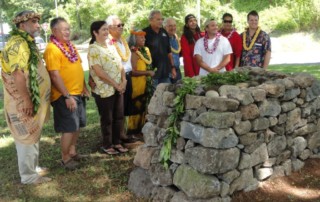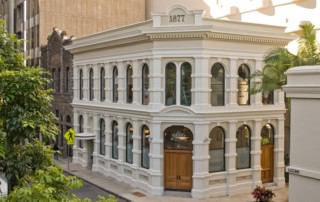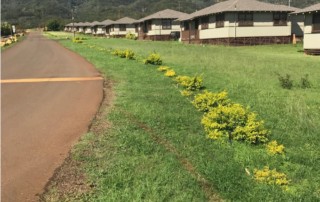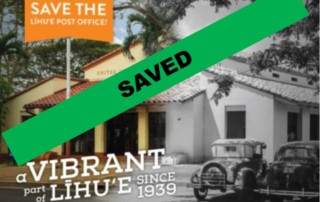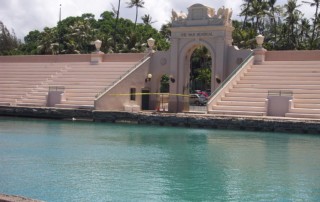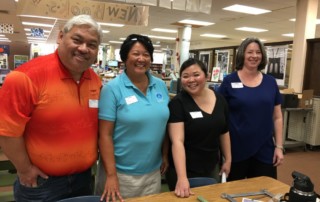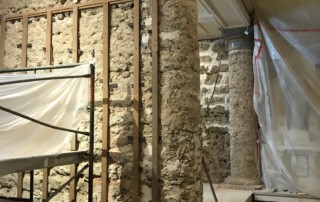Celebrate Statewide Achievements in Preservation with HHF at the 45th Annual Honor Awards Program
Community advocate, Native Hawaiian consultant and preservationist Māhealani Cypher to Receive 11th Annual Frank Haines Award Historic Hawai‘i Foundation will honor exemplary achievements in historic preservation at a ceremony and reception at YWCA Laniākea in Honolulu on Friday, May 31, 2019 from 5:00 to 8:00 PM. Presented annually since 1975, the Awards bring together architects, contractors, planners, historians, writers, archeologists, and all who contribute to the preservation of our historic places and stories. One of the highlights this year is the presentation of 11th annual Frank Haines Award* to Mahealani Cypher, a long-time community advocate and consultant on native Hawaiian issues, historic preservation and Hawaiian perspectives on planning and conservation. Inspired by the stories and wisdom she learned from her grandmother, Mahealani has devoted herself to the protection of Native Hawaiian rights and preservation of traditional Native Hawaiian cultural practices, values and wahi pana, particularly in the ahupua‘a of He‘eia. An active member in a number of community organizations since 1975, she advocates for the preservation of Kawa‘ewa‘e Heiau, Haiku Valley and the agricultural lands of Hoi in He‘eia, together with her colleagues of Koolaupoko Hawaiian Civic Club (KHCC). This photo shows Māhealani with other KHCC members in 2011 with one of the State’s first official ahupua‘a boundary markers. Mahealani initiated the ahupua‘a boundary marker project in order to, in her own words, “connect island residents with the old names of the ahupua‘a in which they lived, and their kuleana to care for cultural and natural resources of these places.” Today, awareness of ahupua‘a and the cultural values and practices associated with them have become a part of our public consciousness and what we value today as a community. Please join us in honoring [...]


